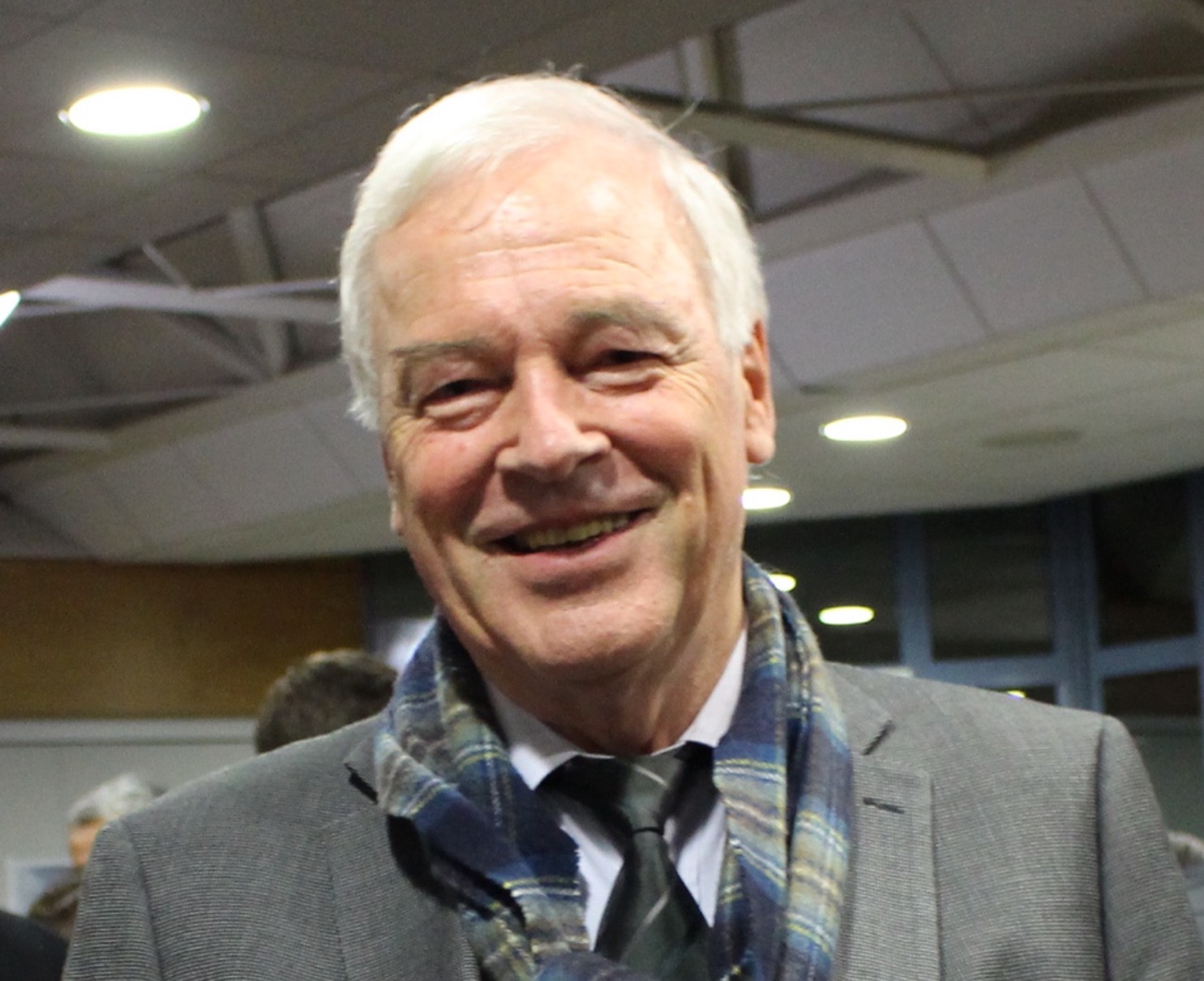
Hans Gutbrod, a pioneer of heavy-ion physics from its beginnings in the 1970s, passed away on 3 March 2025. He was one of the founding members of the ALICE collaboration at CERN and leader of the FAIR core team at GSI, Darmstadt.
Hans studied at the Technical University of Karlsruhe and at the University of Heidelberg, where he received his doctorate in 1970 under the supervision of Wolfgang Gentner and Rudolf Bock. He then worked in the field of heavy-ion physics at low energies in Heidelberg, in Rochester, New York, at Brookhaven National Laboratory and in Berkeley, California. In 1974, he was invited by Reinhard Stock to work with him at the newly commissioned Bevalac at the Lawrence Berkeley National Laboratory (then LBL, now LBNL). During that time, they pondered whether nuclei would be dense enough to create a compressed fireball in relativistic nuclear collisions or would pass through one another, creating shock waves. From 1978 to 1981, he collaborated with Arthur Poskanzer and Hans Georg Ritter to construct and build, at the Bevalac, the GSI–LBL “Plastic Ball” 4π detector, the first electronic detector in relativistic nuclear physics with 4π coverage and particle identification. They discovered the collective behaviour of nuclear matter, called “flow”, which is still considered one of the most significant observations ever made in relativistic heavy-ion physics. Together with Reinhard Stock, Hans was awarded the Robert-Wichard-Pohl-Preis by the German Physical Society in 1988.
In 1982, GSI, CERN and LBL signed a memorandum of understanding to bring heavy ions to CERN, first at the PS and then at the SPS. Hans moved to CERN and brought with him components of the Plastic Ball detector, which became an integral part of the first-generation SPS experiment WA80. The experiment later evolved into WA93 and WA98. His fixed-target experiments at the SPS made significant contributions to heavy-ion physics, including the first measurement of elliptic flow and numerous photon-related results, such as direct photon and neutral pion production, as well as neutral-to-charged particle ratios for studying disoriented chiral condensates.
When discussions about a heavy-ion programme at the LHC began in the early 1990s, Hans was immediately and enthusiastically involved, contributing to both physics ideas and detector concepts. His boundless energy and collaborative spirit brought together many partners from his SPS experiments, especially his colleagues from India and Russia. As one of ALICE’s founding figures, he played a crucial role in key design choices, including the L3 magnet reuse, a dedicated muon arm (a development project he led for many years), the ALICE Photon Spectrometer and large-area calorimetry – some of which could only be realised much later due to practical constraints. Hans served as ALICE’s first deputy spokesperson for a decade, from the submission of the letter of intent in 1993 until 2003.
In 1995, Hans became the director of the newly founded Subatech laboratory in Nantes, where he facilitated collaboration with international experiment groups such as STAR, PHENIX and ALICE. He founded a research group focused on nuclear applications and was an initiator of the design of the ARRONAX cyclotron, a powerful tool for research and the production of radioisotopes.
In 2001, Hans returned to GSI to work on the FAIR project, an advanced research facility on antiprotons and heavy ions. His inspiring personality and imagination were invaluable in establishing the project and he made significant contributions to the design as the leader of the FAIR Joint Core Team. He actively promoted broad cooperation and his close ties with Indian institutes were instrumental in encouraging their participation in FAIR. Hans also played a significant role in preparing the heavy-ion programme at the NICA facility at JINR in Dubna, Russia, where he served on the Programme Advisory Committee and the Detector Advisory Committee for more than 10 years.
He held an honorary professorship in the physics department of Goethe University Frankfurt am Main and was awarded an honorary doctorate by the University of Lund, Sweden. He had also been a Fellow of the American Physical Society since 1992.
Hans’s contributions to experimental physics were visionary and far-reaching. His scientific legacy lives on through the experiments that he helped shape and the many colleagues and collaborators whom he mentored and inspired throughout his career. He will be remembered as an outstanding scientist, a cherished colleague and a remarkable person. His enthusiasm and openness to new ideas will always remain in our hearts.
We extend our deepest condolences to his family, close friends and collaborators. We shall miss him.
His friends and colleagues in the ALICE collaboration
